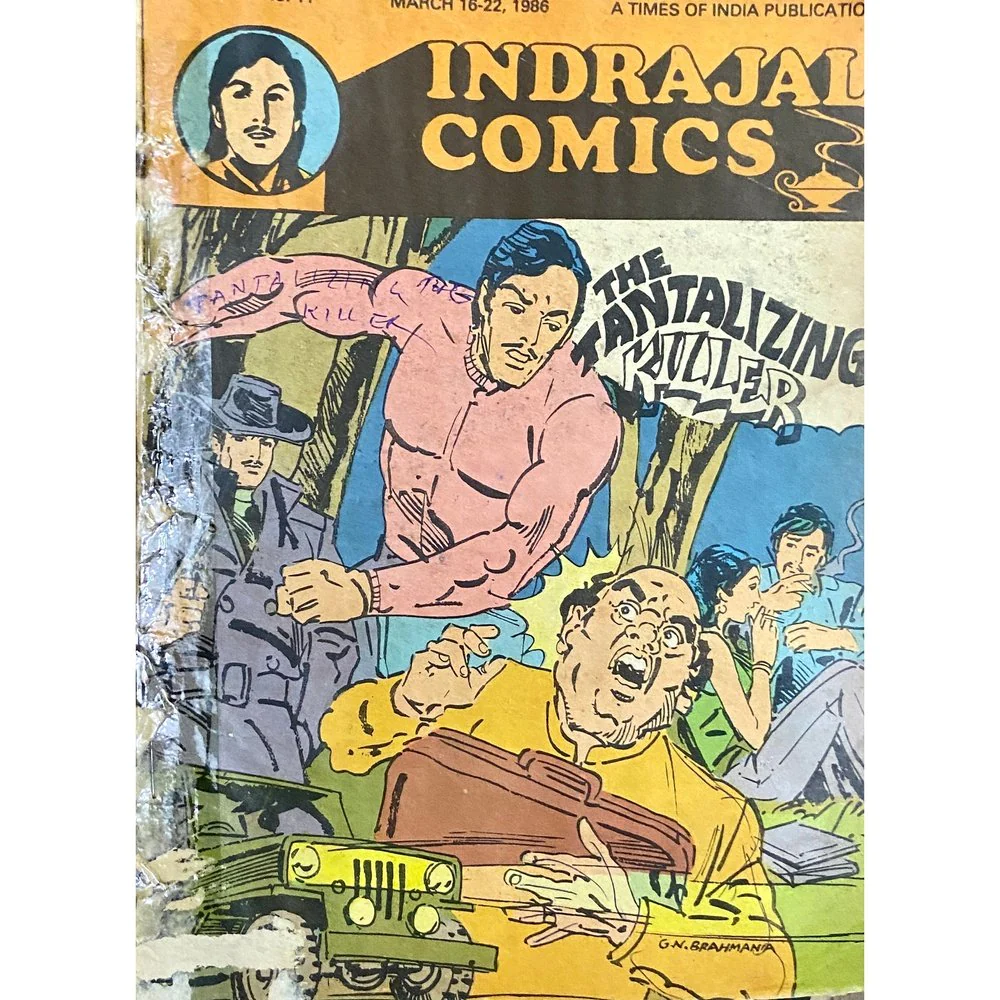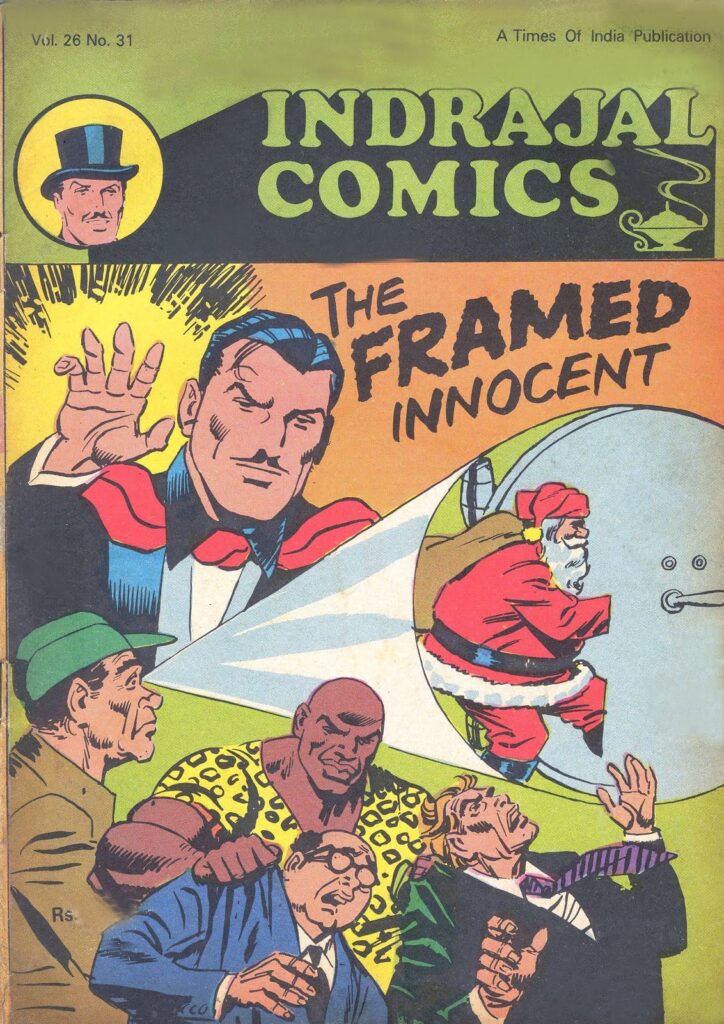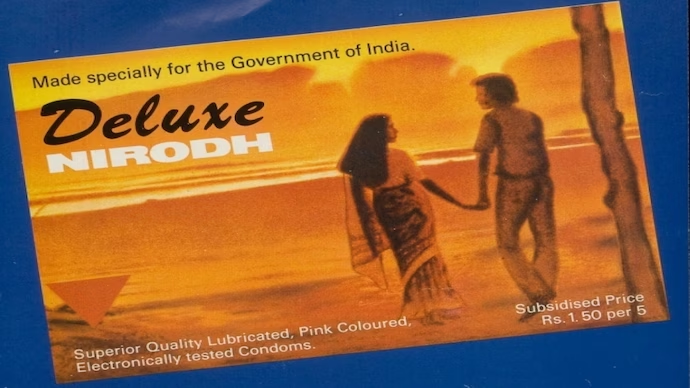Forgotten Brands – Indrajal Comics

Indrajal comics were widely read in the 1980s, but unfortunately many people born in the 1990s and 2000s have never heard of them.
Lee Falk’s The Phantom came to India for the first time in the 1940s, when the then-popular Illustrated Weekly of India (by Bennett Coleman) published Phantom Sundays.
From March 1964 through April 1990, Anant Pai and others produced a comic book titled Indrajal Comics, which gathered and reprinted The Phantom comic strip, which had been immensely popular in India during the 1960s. More than half (50%) of the 803 issues included The Phantom.
Characters
Each issue of Indrajal Comics featured exciting new stories. In every issue of Indrajal Comics starring one of your favourite characters, a new chapter of suspense awaited you. The Phantom, along with Hero the horse, and the Devil the wolf; Lee Falk’s Mandrake the Magician hypnotized his enemies into submission, his partners were Lothar and Narda; Flash Gordon from Alex Raymond speeds across space to keep the peace in the cosmos. In December 1976, Aabid Surti created Bahadur – the brave and Bela; Roy Crane’s Buz Sawyer, the Chief of Trouble Shooters Inc., who fights for the monarch and the meek alike; Allen Saunders’ Mike Nomad, who went to great lengths to help the downtrodden; and Garth, who defies all odds to defend what is right. Indrajal Comics features crime fighters like Kerry Drake, a police officer who helps the poor, and Rip Kirby, an excellent detective who solves the most complex crimes with relative ease, among other heroes and villains, each week.
Schedule
The first issue of Indrajal Comics was released every month. Many stories were trimmed down in the first 10 issues so that The Phantom could have 16 pages. General information and other readings took up 12 pages. Around 24 pages made up the subsequent 19 editions. Indrajal adopted the normal 32-page format with issue #29. Beginning with issue #35 on January 1, 1967, the series began publishing every two weeks instead of monthly. In issue #46 (15 July 1967), Mandrake first appeared. With issue #385, published November 1–7, 1981, Indrajal Comics switched to a weekly publishing schedule. It was in this issue that “The Phantom” reappeared. The series resumed its regular biweekly schedule with issue #789 (Vol. 26 No. 33) on August 20, 1989. Each issue contained 36 pages.
In 1981, a membership cost Rs. 64. Before January 2, 1983, the decision to employ a volume and numbering system more common to periodicals, each issue was given a unique number. Thus, Issue 444 became known as Issue 1 of Volume 20, and so on. The front cover also had a makeover, with the trademark Indrajal Comics banner now prominently displayed.
B. Govind did the cover art for the first fifty issues or so of Indrajal Comics, and each issue had a pin-up poster on the inside back cover. Fans of the Indian Phantom comic know and love Govind’s painted covers. For the first few issues of the Indrajal Comics series, the Phantom wore a blue outfit, but from issue #8, the hue was altered to the more classic purple. The Phantom’s eyes were also glimpsed on a few covers.
A few names and locations were altered before the publication of The Phantom; for example, Bengali was renamed Denkali to prevent confusion with Indian readers, and the “Singh Brotherhood” was renamed the “Singa” pirates.
Indrajal censored the comics they republished extensively. Scenes in which The Phantom innocently kissed his lover, Diana Palmer, for example, were cut.
Eight hundred and three issues of Indrajal Comics were released, with issues #123 and #124 being the only ones not printed owing to a labour strike. The Phantom appeared in almost half of these issues.




Regional
The first issue (March ’64) introduced just the English, Hindi, and Marathi editions. For the first 10 issues, just these three languages were used.
In January 1965, translations into Gujarati and Tamil were released.
In January 1966, a Bengali adaptation was released. Malayalam, Kannada, etc. were some of the other languages used.
In Kannada, “The Phantom” was initially published on May 1, 1980, under the name “Bethala” (pronounced as bay-ta-la)… or “Ghost” in English. Must have been corrected to “Fantom” for a while by the editors at Indrajal before they settled on “Phantom”
Brands like Amul Chocolates, Swad Digestive Drops, Motion Sweets, Campa Soda, Anchor School Supplies, Peppy Crispies, Super Bubble Gum, Nutrine, and much more heavily advertised in Indrajal Comics
Furthermore, Indrajal Comics featured extra pages of children’s activities, brain teasers, riddles, and more within its comic books in addition to the standard comic strips. Indrajal Comics also held contests for its fans and, especially for Indrajal Comic Club members, gave out Phantom-related items on occasion.
Comics like Indrajal, Chandamama, Tinkle, and Champak were something looked forward to when I was a kid. The comics were available on newsstands or with the delivery of the paper. These were accessible to some via the ubiquitous circulating libraries found in all cities and towns.
Reference
https://ghostwhowalks.fandom.com/wiki/Indrajal_Comics
https://en.wikipedia.org/wiki/Indrajal_Comics
https://indiaartreview.com/stories/indrajal-comics-daryaganj-market-delhi/
https://www.mandrakewiki.org/index.php?title=Indrajal_Comics



